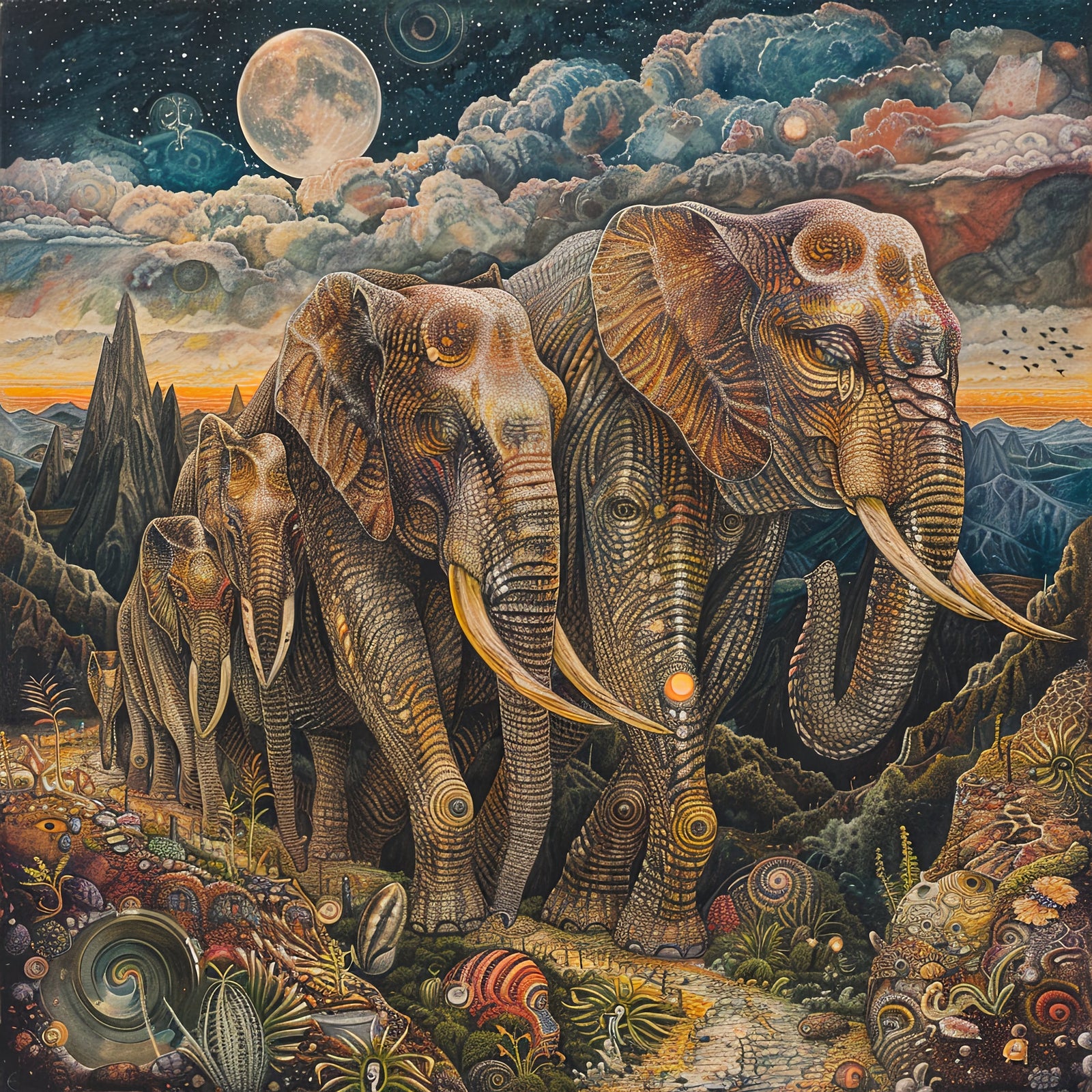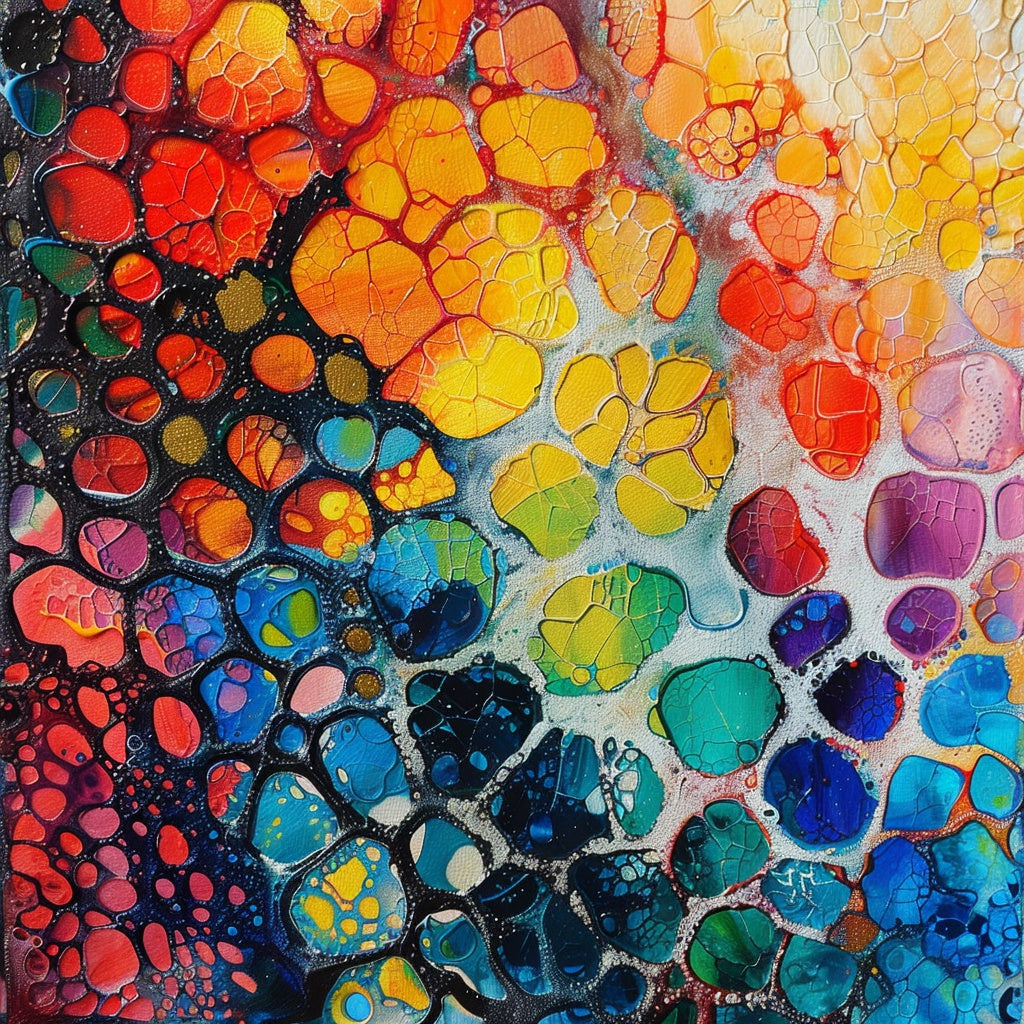AI Art and Feedback: A New Era of Creativity
Introduction
Artificial intelligence (AI) is transforming the art world with tools like DALL-E 2, Midjourney, and Stable Diffusion, which generate images from text prompts, and these tools are trained on vast datasets of images and text. The question arises: can AI learn from feedback to enhance its artistic creations? This article delves into AI art generation, examining feedback loops, types of feedback, limitations of AI learning in art, and potential benefits and risks. Some experts suggest AI could revolutionize the art world.
AI Feedback Loops: A Continuous Cycle of Improvement
A feedback loop in AI uses a model's output to improve future outputs, which is similar to an artist refining their technique through practice and critique. This iterative process is vital for refining AI models and enhancing performance. In AI art, the feedback loop involves using generated images to improve the AI's ability to create art that aligns with human preferences and aesthetics. The AI generates an image, receives feedback, and uses that feedback to generate a new, improved image. There are two main types of feedback loops: positive and negative. Positive feedback reinforces successful outputs, while negative feedback identifies shortcomings. AI's tendency to perceive meaningful patterns in random data, known as "algorithmic pareidolia," influences how it interprets and generates images, sometimes leading to surreal results.
Types of Feedback for Training AI Art Models
Several types of feedback can be used to train AI art models:
- Reinforcement feedback rewards positive behaviors, encouraging the AI to generate more of the desired outputs. A simple "good job!" or a higher rating can reinforce the AI's tendency to create well-composed images.
- Explanatory feedback provides specific explanations of what is good or bad about the AI's creations and suggests ways to improve. For example, feedback might note harmonious colors but suggest adjusting figure proportions.
- Model-based feedback provides examples of successful artworks for the AI to emulate. This involves showing the AI a collection of masterpieces to learn from.
- Reflective feedback encourages the AI to self-assess its creations and reflect on its artistic process. The AI might be asked what it was trying to achieve or how an image could be improved.
- Discrepancy feedback highlights the gap between the AI's current performance and the desired outcome. For example, if the user requests a cat playing guitar but the AI generates a dog playing piano, the feedback would indicate the discrepancy.
These feedback types can be further categorized into qualitative assessments, which provide subjective opinions, and quantitative ratings, which use numerical scores. Both are valuable for training AI art models. When prompting AI models for feedback, specificity is important, along with limiting the scope to 1-2 focus areas and personalizing it for the audience.
Case Studies: AI Art Improved by Feedback
There are many examples that illustrate how AI learning from feedback has led to improved art. One notable example is the "Portrait of Edmond de Belamy," created in 2018 by the Parisian art collective Obvious. This AI-generated portrait, trained on 15,000 portraits, was the first AI artwork auctioned at Christie's, selling for $432,500. The process involved feedback loops where artists refined the algorithm’s parameters and guided the AI towards a desired aesthetic. Another example is Emily, an artist who used DeepDream to generate unique visual patterns. DeepDream modifies images, creating dream-like effects, and Emily transformed a forest image into an abstract array of colors. She used feedback from fellow artists and mentors to refine her interpretation of the AI-generated patterns, blending AI abstraction and human artistic expression. These examples show how AI can be a creative collaborator by incorporating feedback and iteratively refining output, allowing artists to achieve results beyond what either could achieve alone.
Limitations of AI Learning from Feedback
Despite progress, AI has limitations in learning from feedback in art. AI models lack the innate creativity and emotional depth of human artists, relying on patterns learned from existing works. The quality and diversity of training data significantly influence results, and biased datasets can hinder the AI's ability to produce unique, culturally diverse artworks. AI also struggles to understand the emotional or cultural significance of art, lacking the subjective interpretation of human artists. AI-generated art can also perpetuate biases from training data, raising ethical concerns. While AI excels at replicating styles, producing truly innovative art remains a challenge. Due to the stochastic nature of AI models, replicating specific artistic outputs can be difficult. Effective prompt engineering is also crucial for generating meaningful AI art. Human oversight and intervention are essential in the AI art generation process.
Potential Benefits and Risks
Using feedback to improve AI art offers several potential benefits. It can lead to enhanced accuracy and relevance of AI-generated art, aligning it more closely with human preferences. Feedback can inspire AI models to explore new ideas, developing more creative and original artworks. AI feedback loops can also accelerate the art creation process. AI art tools can make art creation more accessible, democratizing artistic expression. Studies show AI assistance can enhance creative productivity and potentially increase the value of artworks. However, there are also risks associated with AI feedback loops. Model collapse, where repeated training on synthetic data degrades output quality, is a significant concern. Subjective and inconsistent feedback can introduce biases or hinder the AI’s learning. Over-reliance on AI can limit the development of human artistic skills. Ethical concerns exist about copyright, ownership, and displacement of human artists. AI algorithms can produce unintended results. There is also a risk that AI models will learn to "game" the feedback system, achieving high rewards without aligning with artistic intentions.
Conclusion
AI can revolutionize the art world, but its development requires responsible and careful application. Feedback loops are vital for refining AI art models, but it's essential to be mindful of limitations and risks. By carefully considering the types of feedback, addressing ethical concerns, and maintaining human oversight, we can harness the power of AI to enhance creativity and artistic expression. The tension between AI replicating existing styles and stifling innovation is crucial, and exploration and experimentation should be encouraged. The philosophical implications of AI art are also profound, challenging our understanding of creativity and authorship. AI can be a powerful tool, providing new avenues for exploration and increasing efficiency. By embracing AI as a collaborator, we can unlock its full potential to enhance the art world.
AI art's hidden echo chamber is about to implode. Here's what that will look like, accessed February 11, 2025, https://www.sciencefocus.com/news/ai-art-will-soon-become-a-feedback-loop-of-hidden-biases-heres-what-that-looks-like
Feedback Loop in Generative AI - Tricension, accessed February 11, 2025, https://www.tricension.com/domainai/feedback-loop-in-generative-ai/
Feedback Loop in Generative AI - Tricension, accessed February 11, 2025, https://www.tricension.com/domainai/feedback-loop-in-generative-ai/
10 Mind-Blowing Examples of AI-Generated Art - ClickUp, accessed February 11, 2025, https://clickup.com/blog/ai-art-examples/
AI Image Feedback Loop - Kottke, accessed February 11, 2025, https://kottke.org/24/04/ai-image-feedback-loop
Embracing Creativity: How AI Can Enhance the Creative Process | NYU SPS, accessed February 11, 2025, https://www.sps.nyu.edu/homepage/emerging-technologies-collaborative/blog/2023/embracing-creativity-how-ai-can-enhance-the-creative-process.html
Exploring Forms of Feedback with AI - IT Teaching Resources - Stanford University, accessed February 11, 2025, https://teachingresources.stanford.edu/resources/feedback-from-generative-ai/
The Role of Feedback in Developing Better Generative AI Models - Noble Desktop, accessed February 11, 2025, https://www.nobledesktop.com/learn/ai/the-role-of-feedback-in-developing-better-generative-ai-models
What Is AI-Generated Art? | IxDF, accessed February 11, 2025, https://www.interaction-design.org/literature/topics/ai-generated-art
Integrating art and AI: Evaluating the educational impact of AI tools in digital art history learning - Digital Commons@Lindenwood University, accessed February 11, 2025, https://digitalcommons.lindenwood.edu/cgi/viewcontent.cgi?article=1585&context=faculty-research-papers
AI-Assisted Feedback and Evaluation - Transforming Modern Processes - FidForward, accessed February 11, 2025, https://fidforward.com/blog/ai_assisted_feedback_and_evaluation/
Reinforcement Learning from Human Feedback (RLHF): Bridging AI and Human Expertise | Lakera – Protecting AI teams that disrupt the world., accessed February 11, 2025, https://www.lakera.ai/blog/reinforcement-learning-from-human-feedback
AI in Art and Creativity: Importance, Benefits, Risk, and Example ..., accessed February 11, 2025, https://www.holisticseo.digital/ai/benefit/art/
Generative AI and the odds of feedback loop creations - Parametric Architecture, accessed February 11, 2025, https://parametric-architecture.com/generative-ai-and-the-odds-of-feedback-loop-creations/
The Risk Of Losing Unique Voices: What Is The Impact Of AI On Writing? - Forbes, accessed February 11, 2025, https://www.forbes.com/councils/forbesbusinesscouncil/2023/07/11/the-risk-of-losing-unique-voices-what-is-the-impact-of-ai-on-writing/



Leave a comment (all fields required)